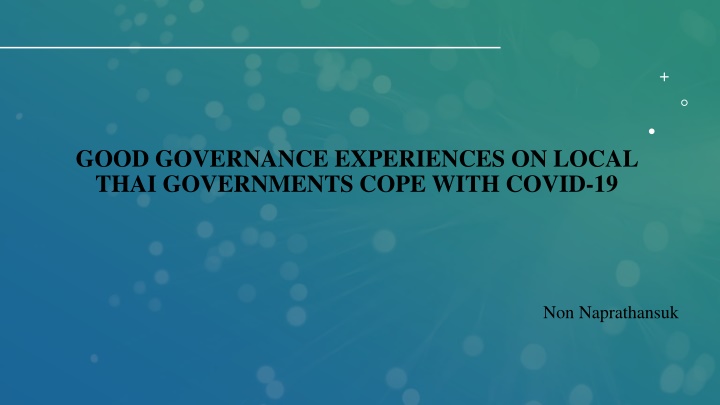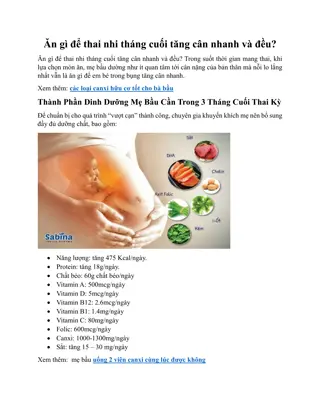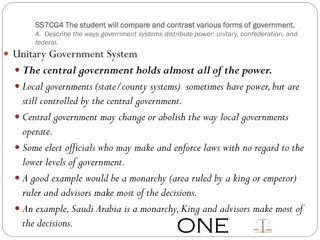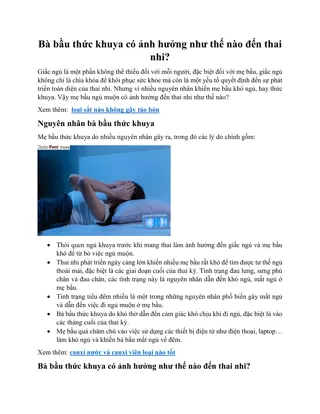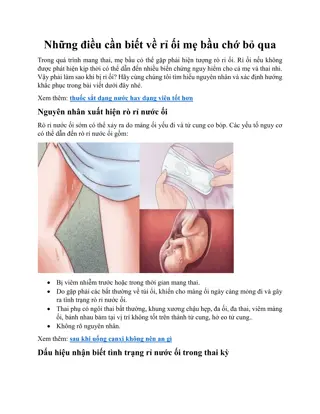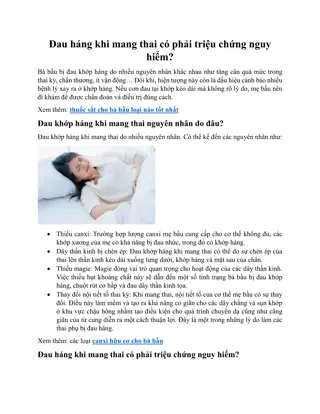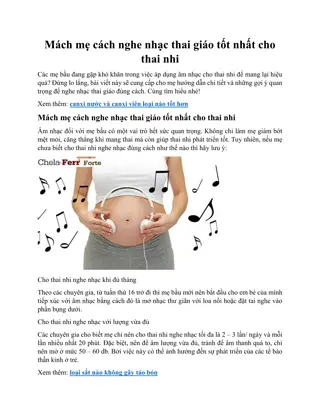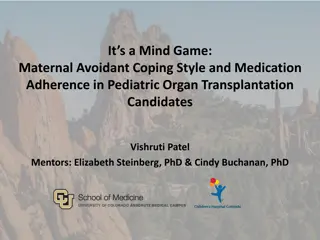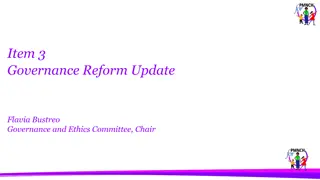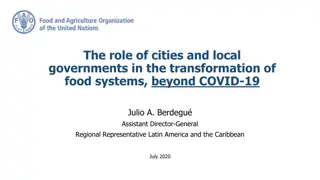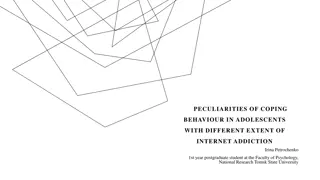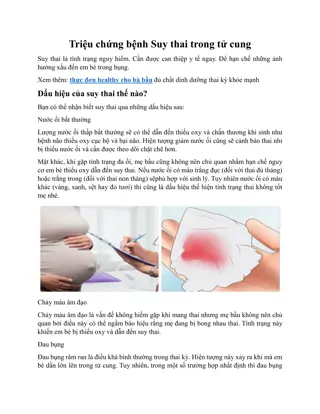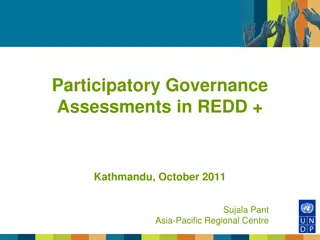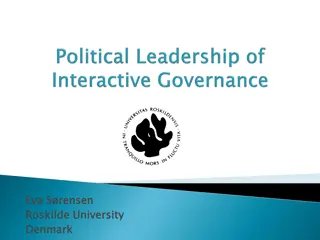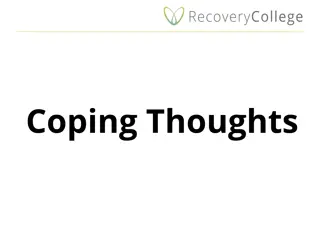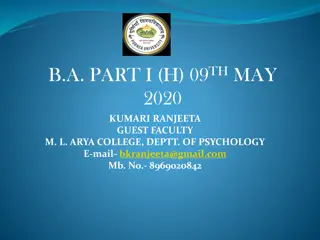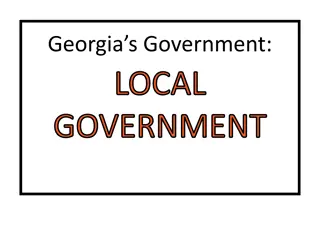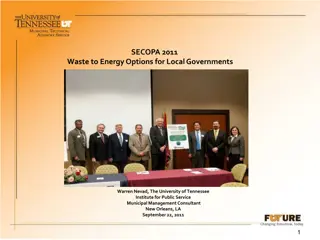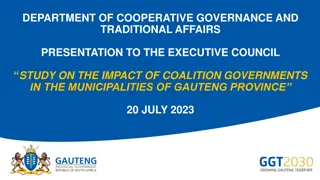Analyzing Good Governance Experiences in Thai Local Governments Coping with COVID-19
This study examines how local Thai governments have applied good governance practices to manage the challenges posed by COVID-19. Utilizing a qualitative approach, the research focuses on strategies implemented at the provincial and sub-district levels in Thailand. The study assesses governance indicators such as participation, fairness, accountability, transparency, efficiency, and effectiveness. Data collection involved analyzing news reports in English and Thai languages to evaluate the government's response to the pandemic. The findings aim to provide insights into effective governance during a health crisis.
Download Presentation

Please find below an Image/Link to download the presentation.
The content on the website is provided AS IS for your information and personal use only. It may not be sold, licensed, or shared on other websites without obtaining consent from the author.If you encounter any issues during the download, it is possible that the publisher has removed the file from their server.
You are allowed to download the files provided on this website for personal or commercial use, subject to the condition that they are used lawfully. All files are the property of their respective owners.
The content on the website is provided AS IS for your information and personal use only. It may not be sold, licensed, or shared on other websites without obtaining consent from the author.
E N D
Presentation Transcript
GOOD GOVERNANCE EXPERIENCES ON LOCAL THAI GOVERNMENTS COPE WITH COVID-19 Non Naprathansuk
The aim of the study This article aimed to analyzed and compared good governance experiences on local Thai government cope with Covid-19
Overview 1. Introduction 2. Methodology of the study 3. The beginning and moderate situation 4. Thai political system 5. Good Governance and the cases of the study 6. Conclusion
Introduction The widespread of COVID-19 in various countries quickly led the World Health Organization to enforce this coronavirus as a Pandemic on March 11, 2020 (World Health Organization (WHO), 2020b). This situation obviously requires all states to prepare the best strategy for dealing with this pandemic. In Southeast Asia itself, a variety of different policies are taken by the Government. For instance, Thailand will be the focus of local government cases in this study, take a different approach in dealing with the COVID-19.
Methodologyof the Study This paper applies the qualitative studies method. The study were selected in Chiang Mai, Thailand. The case took on the provincial level (PAO), Chiang Mai Provincial Administrative Organization and Chang Puak Sub-district (TAO level). In this context, the strategies of local governments in Thailand is coping with COVID-19 will be assessed by good governance indicators. This study applies six indicators developed by World Bank (1994: pp.1-36) which the most suitable in terms of this case: Participation, Fairness, Accountability, Transparency, Efficiency, and Effectiveness. For data gathering, this paper collected them from a variety of sources in News channels. Such news is in English and Thai languages. This paper selected relevant news which are suitable with good governance (GG) indicators. Thus, in the analysis, the paper does not include all news. After that content analysis used for analysed and interpreted to find the result.
In The Beginning Thailand was the first country outside of China to detect a case of COVID- 19. Like many other countries, the country shifted most of its focus to cope with the pandemic. The Centre for COVID-19 Situation Administration (CCSA) was formed during the first few weeks after the outbreak, through which the Prime Minister took overall leadership of the campaign to combat the virus. The center was formed to initiate and monitor public policy within a strong hierarchical system.
In The Beginning Its data analysis was supported by two key advisory boards known as the Medical Advisory Board, led by medical professors in well-known medical schools, and the Recovery Advisory Board, led by macro-economists. Eight operational centers were incorporated into this core center, and they were coordinated by the National Security Council. The secretary of the center was the Deputy Secretary-General to the Prime Minister for Political Affairs (Prime Minister s Office, 2020d).
Later Situation (State of Emergency) The Thai government urged to lock down the whole country used a curfew period from 10.00 p.m. to 4.00 a.m. The Thai government has declared a national state of emergency in last week of March 2020. This emergency decree Moreover, the emergency decreeimpacted to Thai people daily life also, many stores, shops, hotels, and restaurants in service sectors have been suspended. For the homeless people, government statistics suggest Thailand has approximately 2,700 homeless people, likely a significant undercount in a nation of around 69 million (Phasuk, 2020).
Later Situation (State of Emergency) The government also shifted from the control of people and products to the control of places as further measures were employed to curb the spread of the virus. As a result, in mid-March, the government ordered the closing of movie theatres, barber shops, bars, spas, boxing stadiums, sports stadiums, fitness establishments, traditional Thai massage, healthcare massage places, and entertainment venues (Department of Disease Control, 2020). Until 25th March 2020, the regulation of the government was at its strictest level after the Prime Minister announced curfew measures by referring to the declaration of the Emergency Decree on Public Administration in Emergency Situations 2005 (Prime Minister s Office, 2020b). With this, border checkpoints, airports and malls were closed, while governmental offices and educational institutions had restricted access up until now.
Thai Political System According to The Public Administration Act in 1991 was promulgated which laid down the new administration structure which are central, provincial, and local administrations (Chayabutra, 1997). There are three basic levels of public administration in Thailand: central, provincial, and local administration. The central administration consists of ministries. The provincial administration comes under the concept of deconcentrating, which means that the central government delegates some of its power and authority to its officers who work in provinces and districts, and the provincial administration consists of provinces, districts, minor districts, subdistricts (or Tambon) and villages.
Thai Political System The local administration is based upon the concept of decentralization, which allows local people to participate in local affairs under concerned laws and regulations, and there are 2 types of local administrative organization: the general type (composed of Provincial Administration Organization, Municipalities, and Subdistrict Administration Organization); and the special type (consisted of Bangkok Metropolitan Administration and the City of Pattaya) (Sakkayarojkul, 2013).
Participation The villagers in Chang Puak Sub-district (TAO level) have come together to make masks to give out for free to other members of the community. These masks will be handed out to people who need them in the Chang Puak community. Moreover, on the provincial level (PAO), Chiang Mai Provincial Administrative Organization have gathered to distributed to people provided food. they shall give out lunch boxes to the public for 15 days. Good Governance Fairness Since the central government in Thailand declared the emergency decree. It completed turned a local government unfairness to mitigate the pandemic for their local community. The limited of power and budgeting to help and support local community in pandemic time were late and shortage.
Accountability Local governments started to be closed the small road and then set up a check point which was integrated local government officers and Village Health Volunteer to monitor and prevent outsider into the community. This credited must honor to Thailand Village Health Volunteer. The Village Health Volunteer network was set up in 1977, after the Thai Ministry of Health partnered with the Japanese government to develop a primary health care system in all regions nationwide. Good Transparency Governance Provincial Administrative Organization (PAO) municipality and Tambon Organization (TAO)provided public information to report, distribution updated news, demonstrated their activities, and expenditure in covid-19 pandemic especially publicized on their website. Administrative set up centre of
Efficiency The Governor of Chiang Mai, along with various authorities, visited three checkpoints on the three major roads into Chiang Mai as well as TOA and village health care were cooperated to block the local road. Moreover, Volunteers at each checkpoint are taking the body temperature and travel histories of people entering, as well as handing out surgical masks, face shields, and hand wash gels. Good Governance Effectivity Village health volunteers preparedness and solid operations, as well as their close collaboration with district health promotion hospitals and local officials.
Thailand case, sorely local government could not cope with Covid-19 pandemic, but the cooperated between Thailand Village Health Volunteer and local government were the best operation to stop the Covid-19 outbreak. Moreover, the most foremost hinder in Thailand was the central government that centralize authority. Thai government stated the emergency decree was the main hinder for local government management. Conclusion Furthermore, in Thailand case, it is a highly- centralized and non-democratic political system. Local governments were struggled and tried to cope with Covid-19 in a right way of good governance track, even though they had a limited authority and willing to support their community. Finally, the central government should allow local government and local community tackle within their context by support rather than control. Also, that what we learn in Thailand case that the authoritarian style did not work well at the bottom. The potential of local governments and local communities could mitigate the pandemic situation.
THANK YOU nonnaprathansuk@hotmail.com
